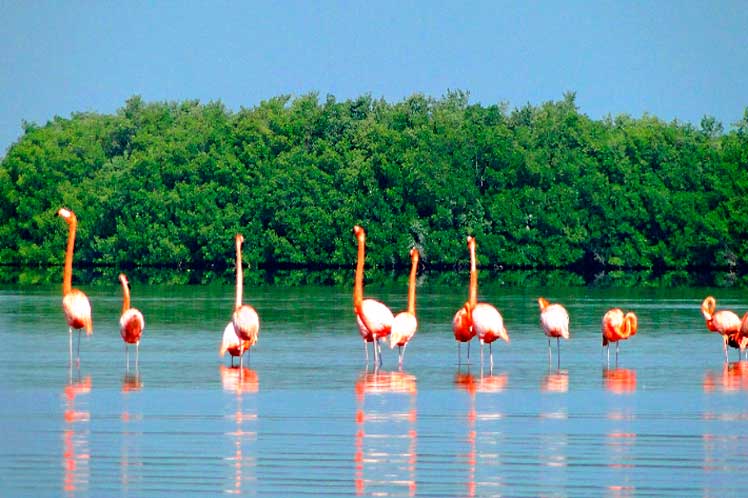This criterion is supported by guides from the Ministry of Tourism (Mintur) consulted by Prensa Latina electronically and corroborated by information claims reflected on the internet, from potential foreign visitors.
Even the Spanish electronic newsletter Buenviajeacuba reflects said attractions and the excellent potential of the island in terms of this type of vacation.
Before the pandemic, such recreational forms grew in terms of participants, at a time when more than four million foreign visitors entered this country per year.
Negotiated in the 1960s between countries and non-government organizations concerned about the increasing loss and degradation of wetland habitats for migratory waterbirds, the Ramsar Convention is the oldest of these international agreements.
It is a deal dedicated to the environment that remains in force, adopted in the Iranian city of Ramsar in 1971 (hence its name), starting in 1975.
Cuba joined the Contracting Countries of the Convention in 2001, and currently this nation has six areas designated as Wetlands of International Importance (Ramsar sites).
These spaces cover an area of one million 188 thousand 411 hectares, which ratifies the high value of the ecosystems in the archipelago and its importance for the preservation of species of flora and fauna.
One of the most outstanding examples is the Zapata swamp (Ramsar Site in 2001) in the western Cuban province of Matanzas.
This is the largest and best preserved wetland in the insular Caribbean, with the largest area of swamps and marshes in Cuba and considerable extensions of forests (arguments to grant such status).
It is recognized as a phytogeographic district due to its particular flora, and serves as a habitat for more than 200 species of birds, mainly migratory.
They also mention the Lanier swamp and the south of the Isla de la Juventud (2002), which houses several biotopes or areas of uniform environmental conditions, among which the semi-deciduous forest, the reef lagoon, seagrass, mangroves and grasslands stand out. .
Also on the Ramsar list is the Delta del Cauto wetland (2002), a complex of estuaries, marshes and swamps, the final product of the largest Cuban river system (Cauto River).
Experts cite the Buenavista Bay (2002) in the central region, north of the provinces of Villa Clara and Sancti Spíritus, the great wetland in the north of Ciego de Ávila (2002), and the mouth of the Máximo River in the central-eastern province of Camagüey (2002).
With the implementation of the Ramsar protocols in these wetlands, the Cuban State manages strategies for their conservation, which include the creation of management plans, the establishment of better urban and agricultural zoning, and the promotion of scientific research.
For others, these are attractive settings for nature and adventure tourism that in Cuba are processed above all by the specialized travel agency Ecotur.
ef/mem/rfc










